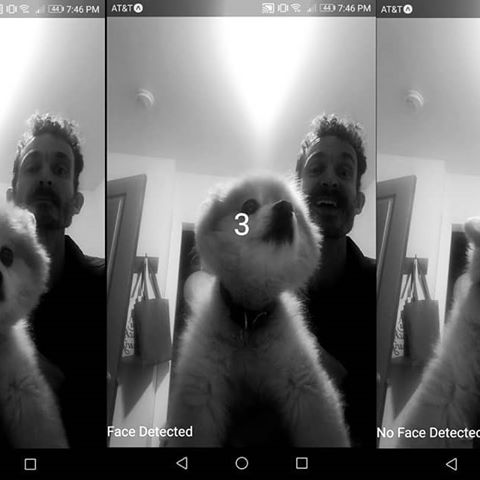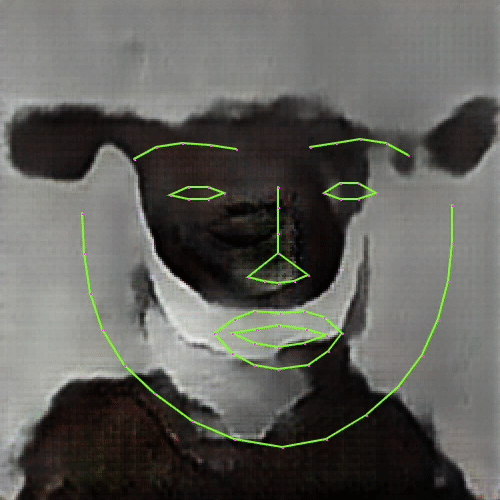I'm fascinated by how a machine sees the world. It's capability for doing things like perceiving detail and detecting patterns far surpasses ours, but its ability to infer context and meaning is only as good as the education we give it. As a result, what it dreams up runs the gamut from bungled to brilliant, but unquestionably offers enormous potential to aid in our own ability to interpret and more deeply explore what's around us.

